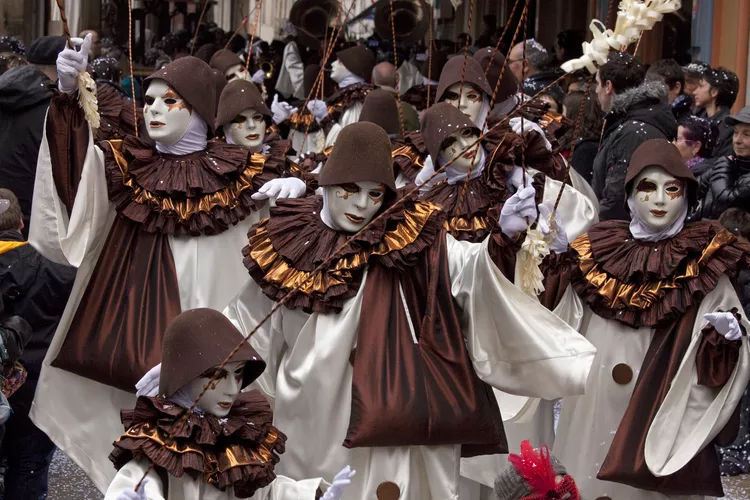Summary
Home of Blanquette, the Real First Sparkling Wine
Fact checked by
Michelai Graham
Most of the world credits the invention of sparkling wine to the Champagne region and to Dom Perignon. However, the legend surrounding this story—and the possible real history—is far more intriguing. According to locals from Limoux, the actual creation of sparkling wine occurred just a few miles outside the primary town. Its existence is documented as far back as the 1500s. Therefore, when the great Dom passed through Limoux, it is said that he borrowed the idea. This captivating tale adds a rich depth to the origins of sparkling wine.
Furthermore, throughout the Middle Ages and into the Renaissance, monks significantly contributed to the cultivation of enjoyable experiences in life, and Limoux sparkling wine is no exception.
Where Was Limoux First Produced?
You can’t miss the Abbaye de St-Hilaire located in the nearby village of St-Hilaire, which is believed to be the place where, in 1531, monks first discovered the method of making sparkling wine. Beyond its sparkling legacy, this site is fascinating, featuring a sarcophagus in the 13th-century cathedral carved by the Maitre de Cabestany, who was known for his extraordinary and distinctive statues. The sarcophagus includes a carving that depicts the martyrdom of St. Sernine, who is the patron saint of Toulouse; he was tragically dragged by a bull to his death and then buried here.
The Town of Limoux
No matter who is correct regarding the origins of the wine, Limoux is a charming small town with a vibrant atmosphere. It is the host of one of Europe’s most popular Carnavals, an enchanting two-month celebration of food, music, and the French joie de vivre. The picturesque Aude River flows through this quaint city, where daily life centers around the place de la République in the old town. Don’t miss a stroll along the promenade du Tivoli.
Sit in one of the local cafés, savoring a Blanquette while letting your worries drift away. Moreover, explore the Friday market, where you can sample local produce and specialties. Visit the Museum of Automates and the unique Piano Museum, which narrates the evolution of the instrument and hosts excellent performances from April to October.
For a peaceful retreat, head to the Botanic Park of fragrant flowers at La Bouichère on the outskirts of the town. Once you step inside the garden, the bustling life of the town feels miles away.
Going for the Blanquette
The real allure of this region is the Blanquette. Some may find it more appealing than its more famous Champagne cousin. It has an understated, dry, and mellow character that mirrors its Southern France setting. While it may be challenging to find in U.S. wine shops, purchasing it online is an option worth considering.
While Blanquette is the highlight, local vintners also produce wonderful chardonnays, syrahs, and “Crémant de Limoux,” a delightful blend of chardonnay and chenin grapes.
What to See Nearby
Limoux is located in the heart of France’s dramatic Cathar Country, just a few minutes away from the medieval walled city of Carcassonne. During the summer months, when Carcassonne, a UNESCO World Heritage Site, is filled with tourists, consider staying in Limoux and making a day trip to Carcassonne.
This region is known for its scenic drives, where you will pass enchanting vineyards and roads lined with tall plane trees. Take the opportunity to stop at wineries for tastings and indulge in cassoulet, a delicious Languedocian stew made of white beans and meat.
If all that exploration becomes overwhelming, head south to Alet-les-Bains for a relaxing spa experience and a chance to rejuvenate.
Where to Stay
If you plan to visit Limoux, various lodging options await you in the area. For a unique atmosphere, consider booking a room at Hôtel Le Monastère, situated in a former medieval monastery.
The lovely Moderne et Pigeon boasts a great location and is housed in an 18th-century building.
Explore guest reviews and compare prices for the Moderne et Pigeon hotel when considering your lodging options.
Edited by Mary Anne Evans





